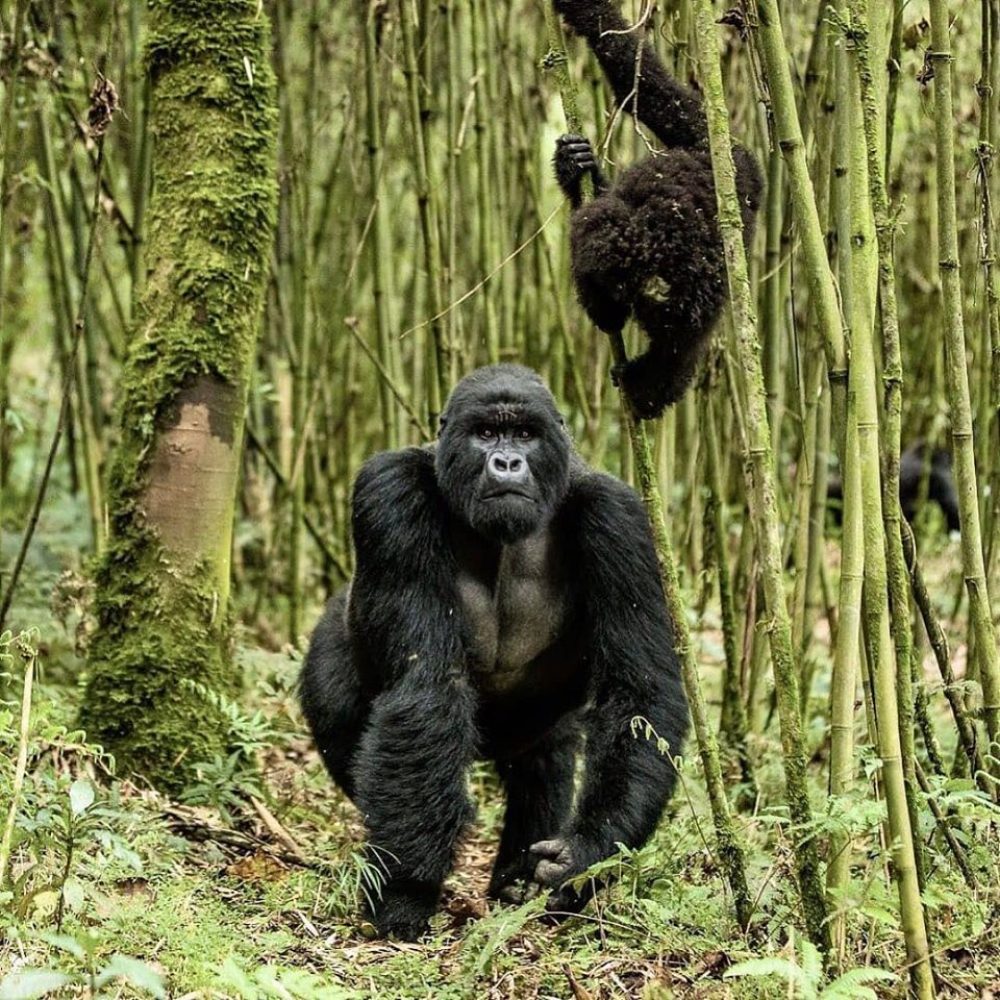Gorilla safaris are on an increase due to the CEO of the Rwanda Development Board; Ms. Clare Akamanzi who said that this year, RDB will recognise the community’s role in the conservation of the mountain gorillas as well as other protected species in all of Rwanda’s national parks:
At the 2013 Kwita Izina, we will name 12 baby gorillas and one new gorilla family. We will also show our appreciation to all those who take care of them, including rangers and veterinary doctors as well as the surrounding communities who continue to play an indispensible role in protecting Rwanda’s mountain gorillas. Rwanda’s community led conservation efforts have led to a 26.3% growth in the population of gorillas since 2003 and Kwita Izina has been key to this success.” this activity will help to increase on gorilla trekking to Rwanda.
Gorilla tracking in Rwanda are affected positively due to Kwita Izina this year which is more than a one day event. Several exciting events were planned leading up to the big day. These include the launch of a women’s community project near Nyungwe, a four-day touristic caravan from Kigali to Musanze as well as “Igitaramo”, a concert to be held Friday night at Ubworoherane stadium featuring Rwandan artists including Knowless, King James, Rafiki, Jay Polly, Tanzania’s Alikiba and Jamiaica’s Kevin Lyttle. All Kwita Izina activities are open to the public.
Kwita Izina is inspired by the ancient Rwandan tradition of naming babies soon after they are born. In the nine years since the event was established, 161 gorillas have been named in a celebration of nature and the communities who protect the majestic mountain gorilla.
This year’s Kwita Izina has attracted over 460 international guests from different countries including Kenya, Guyana, Jamaica, Nigeria, India, Netherlands, US, Zambia and Uganda among others. This activity has greatly improved on the gorilla adventures with in Rwanda.
Uganda Safaris/ Uganda Safari News
Prime Uganda Safaris & Tours updates 2013







